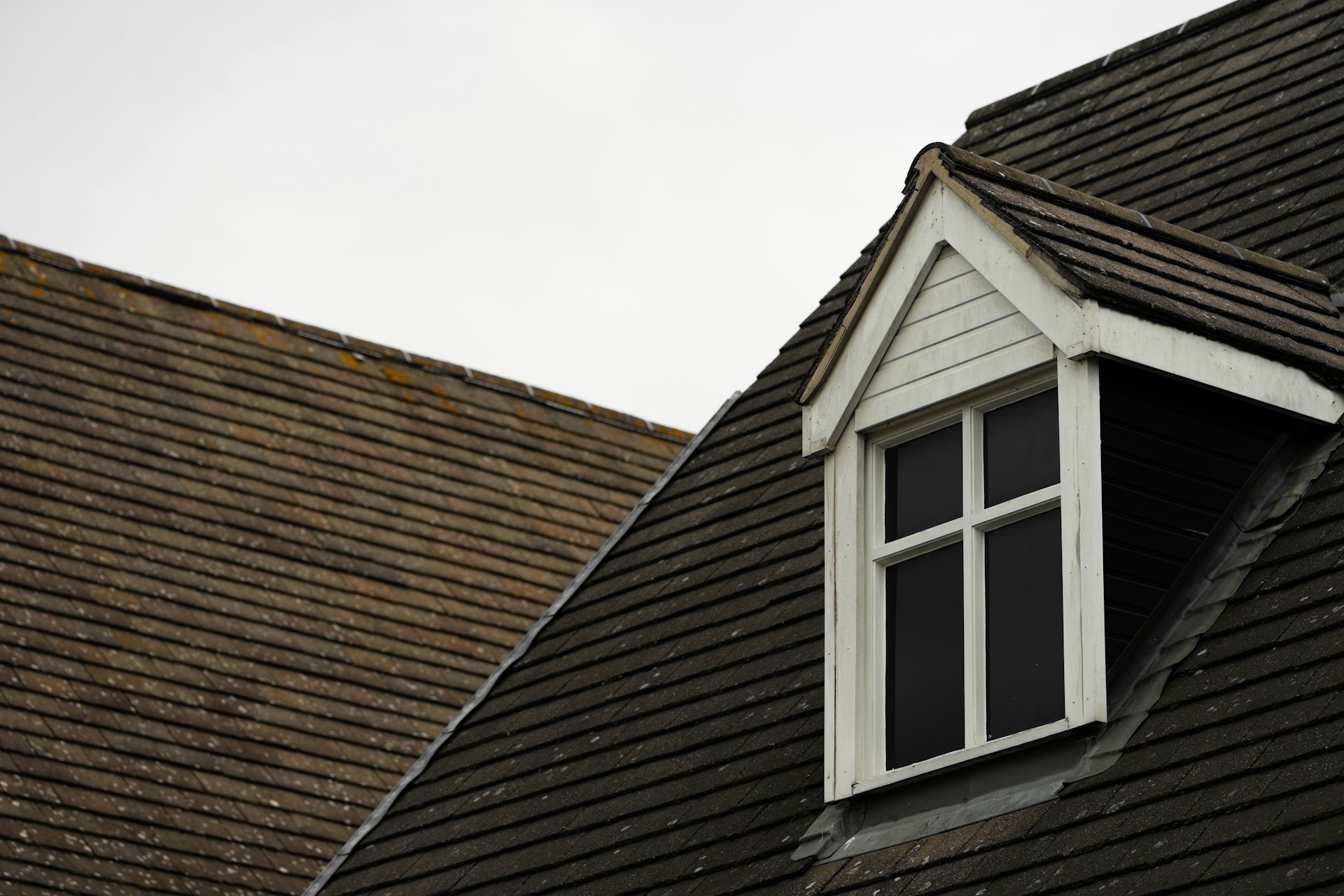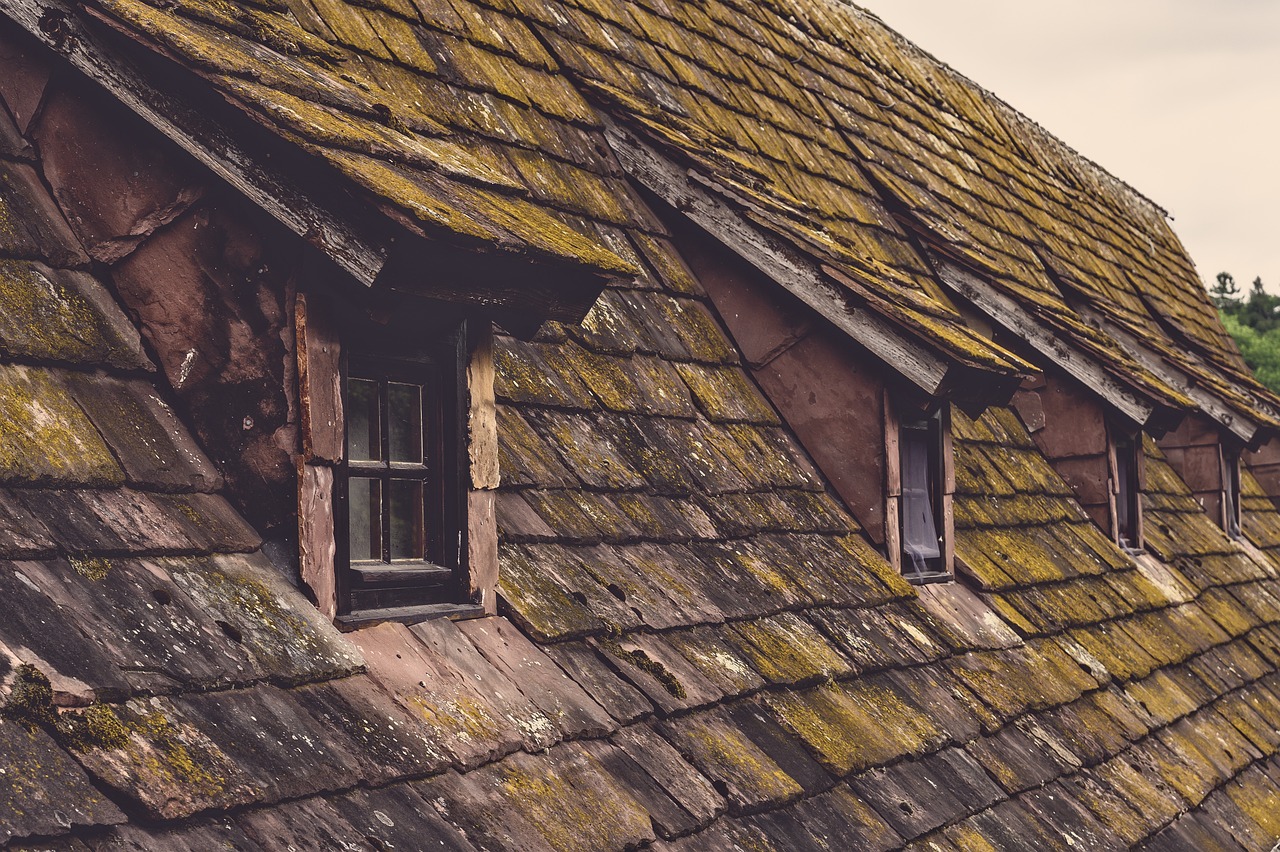Warning Signs You Need to Repair Your Roof
Your roof plays a crucial role in protecting your home from the elements. It endures wind, rain, snow, and heat, often without much notice or maintenance. However, like any other part of your home, it's subject to wear and tear over time. Ignoring the warning signs that your roof needs repair can lead to costly problems, from structural damage to health risks caused by mold and mildew. Knowing what to look for can save you time, money, and stress in the long run.

Recognizing Visible Damage
One of the first and most apparent signs that your roof may need repairs is visible damage. Regularly inspect your roof, especially after heavy storms, for any missing, cracked, or curling shingles. These issues compromise your roof's ability to protect your home from water intrusion. Missing shingles can leave the underlayment exposed to the elements, making it more susceptible to water damage.
Sagging sections of the roof are another red flag. This often indicates a more serious underlying structural problem, such as water pooling beneath the surface or a weakening of the supporting beams. If left unaddressed, sagging areas can lead to further deterioration and even collapse in extreme cases.
Flashing, the metal material used to seal roof joints and prevent leaks, should also be inspected. If you notice cracks or rust in the flashing, it can allow moisture to seep into your home. Hiring professionals for roof repairs and installations is essential for handling these problems effectively and safeguarding your home. Promptly repairing flashing ensures that areas around chimneys, skylights, and vents remain watertight.
Interior Signs of Roof Problems
Roof damage doesn't always manifest itself on the outside. Often, the first signs of trouble can be seen inside your home. Water stains on ceilings or walls are a common indicator that your roof is leaking. These stains often appear as brown or yellowish patches and can grow over time if the leak isn't addressed.
In more advanced cases, you might notice mold or mildew forming in your attic or on upper floors. Mold thrives in damp environments, and its presence signals poor ventilation or a persistent moisture problem. Mold can weaken the structure of your home and pose health risks, especially to those with allergies or respiratory issues.
Another telltale sign is sunlight streaming through your attic. If you notice any light coming in through the roof, it's a clear indication of holes or gaps that need to be sealed. These openings can let in water, pests, and even outside air, reducing your home's energy efficiency.
Increasing Energy Bills
A sudden spike in your energy bills can also signal roof problems. Your roof and attic insulation work together to maintain a stable indoor temperature by preventing heat loss in the winter and keeping your home cool in the summer. When your roof is damaged, this insulation barrier can be compromised, causing your HVAC system to work harder to compensate for the temperature fluctuations.
Poor insulation or ventilation in the attic can also lead to heat buildup, which can damage shingles from below and accelerate roof deterioration. Addressing these issues promptly can not only reduce energy costs but also extend the life of your roof.
The Role of Aging Roofs
Every roof has a lifespan, and as it approaches the end of its expected service life, problems become more likely. Asphalt shingle roofs typically last 20 to 30 years, while metal and tile roofs can last much longer. If your roof is nearing its expiration date, it's wise to schedule an inspection even if there are no visible issues.
Older roofs are more prone to leaks, sagging, and other problems due to the natural wear and tear of materials. Being proactive about maintenance and repairs for aging roofs can prevent small problems from turning into major expenses.
Storm Damage and Its Impact
Severe weather events can wreak havoc on your roof, even if the damage isn't immediately visible. High winds can tear off shingles, while hail can leave dents and cracks that compromise the protective layer of your roof. Heavy snow and ice can strain the roof's structure and lead to leaks when they begin to melt.
After a storm, inspect your roof for debris, such as branches or leaves, which can trap moisture and lead to rot. Also, check for clogged gutters, as blocked drainage systems can cause water to back up onto the roof and seep into the underlayment.
If you live in an area prone to extreme weather, investing in durable materials and regular inspections can help fortify your roof against future damage. Consulting professionals to assess and repair storm damage is critical for maintaining your home's safety and structural integrity.
Preventative Maintenance and Timely Repairs
The best way to avoid costly roof replacements is through regular maintenance and timely repairs. Schedule annual roof inspections to identify and address minor issues before they escalate. Cleaning your gutters regularly ensures proper water drainage and prevents unnecessary strain on your roof.
When repairs are needed, acting quickly can save you from more extensive damage and higher costs. Whether it's replacing a few shingles or fixing flashing, taking action early protects your home and prolongs the life of your roof.

Your roof is your home's first line of defense against the elements, and keeping it in good condition is essential for protecting your investment. By recognizing visible damage, addressing interior warning signs, and being proactive about maintenance, you can avoid costly repairs and ensure your roof performs optimally for years to come. Partnering with professionals ensures that all issues are handled with precision and care, giving you peace of mind and a secure home. Don't wait until problems become severe—take steps today to keep your roof in top shape.